I still remember the times ten or fifteen years ago, when facebook was not an issue and when artists were starting homepages and portfolios online. I searched right about every week for Kev Walker to see if he had a homepage coming up or if there was somewhere, somehow a way of contacting him, so I could ask the impossible questions as to how he did this and that. “What paints do you use? Why? How?” it all boiled down to: “I want to be Kevin Walker”. I always wanted to be a magic artist back then, and in the back of my mind I figured that if I got a job with magic I might be able to ask the art director for Kevin’s email.
Well,today its easier. Kevin has a facebook profile, and he has been kind enough to accept me among his most precious of friends on facebook. So, when last week he posted a painting I asked him some of my questions to his technique and he answered with a surprisingly clear step by step.
What I think is so wonderful is his clear and solid rendering. where as many artist would over render or draw details everywhere, Kevin consistently choose the simplest solution. The way of using washes for almost 90% of the painting surface makes his finishing style look pure and elegant.
The caption under each picture is Kevin’s comments and explanations.
Here’s my original sketch (with it’s original title and art number)
Here’s the drawing worked up and coloured in photoshop.
The doorframe, door, and ceiling corbels are all elements photographed in my own house. The bell is pulled from the internet. The spring on the bell is completely made up in photoshop. The base for the spring is actually a brass light switch which I altered. The wall texture is generated in photoshop, then I airbrushed in the shadows.
All the work was done in greyscale, then I tinted the image to print on watercolor paper at a printshop (inkjet printers won’t work because the ink is water soluble).
Once the painting is stretched, 1-2 coats of diluted acrylic matt medium and the image can easily be painted over.
I usually start with acrylic washes, diluted like watercolour. This gets all the colour levels in the right places.
Then I work into the image with coloured pencils, sometimes more washes over the top.
Finally start in with the opaque acrylic (as thick as gouache, like creamy milk), using all the layers of texture generated in the previous stages. No need for airbrushing, all the light is worked out in photoshop (where it’s easy to change.


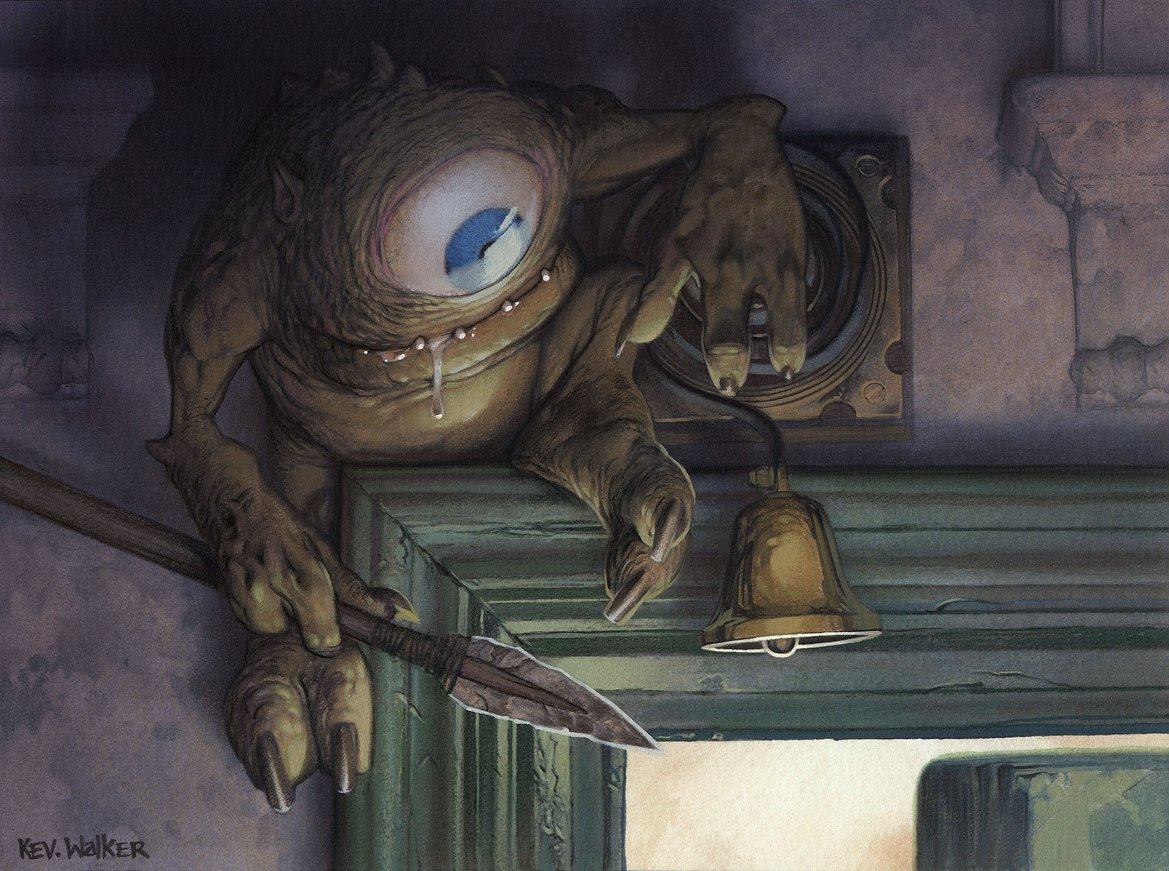
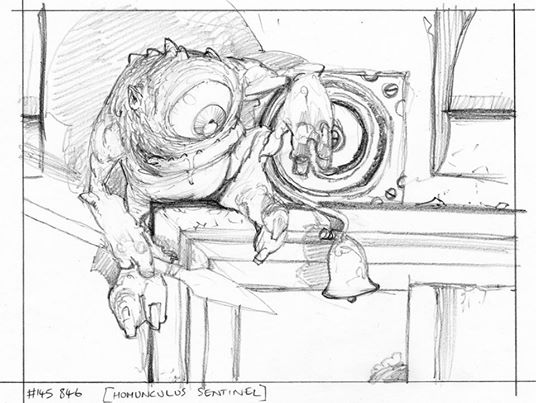
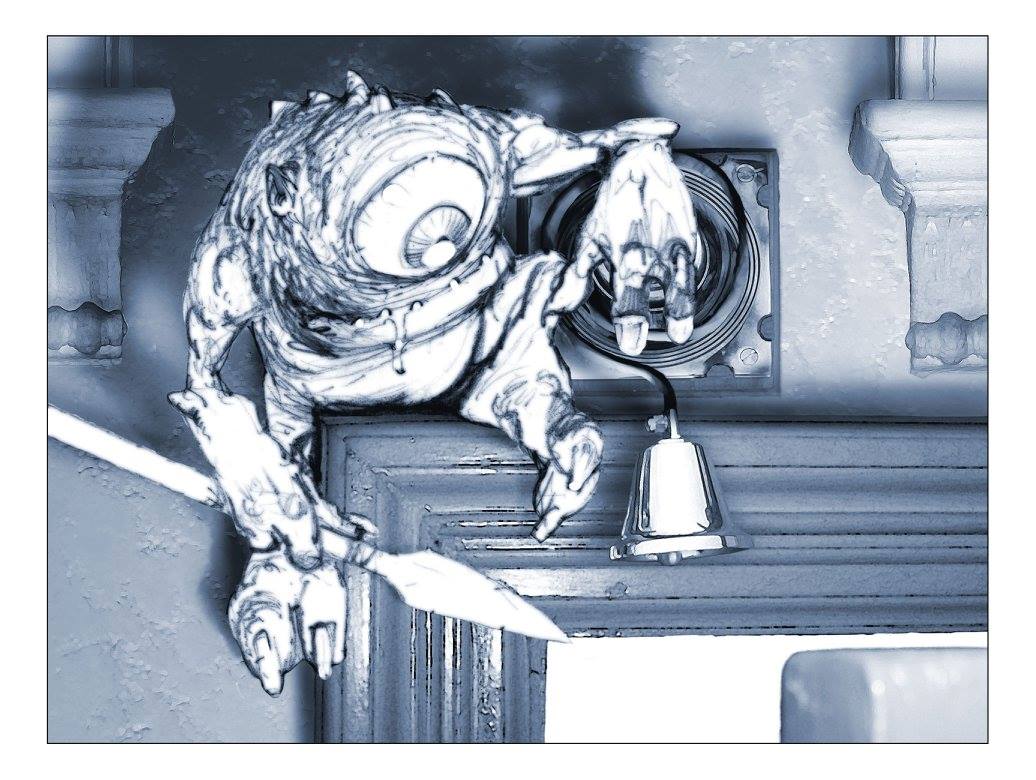
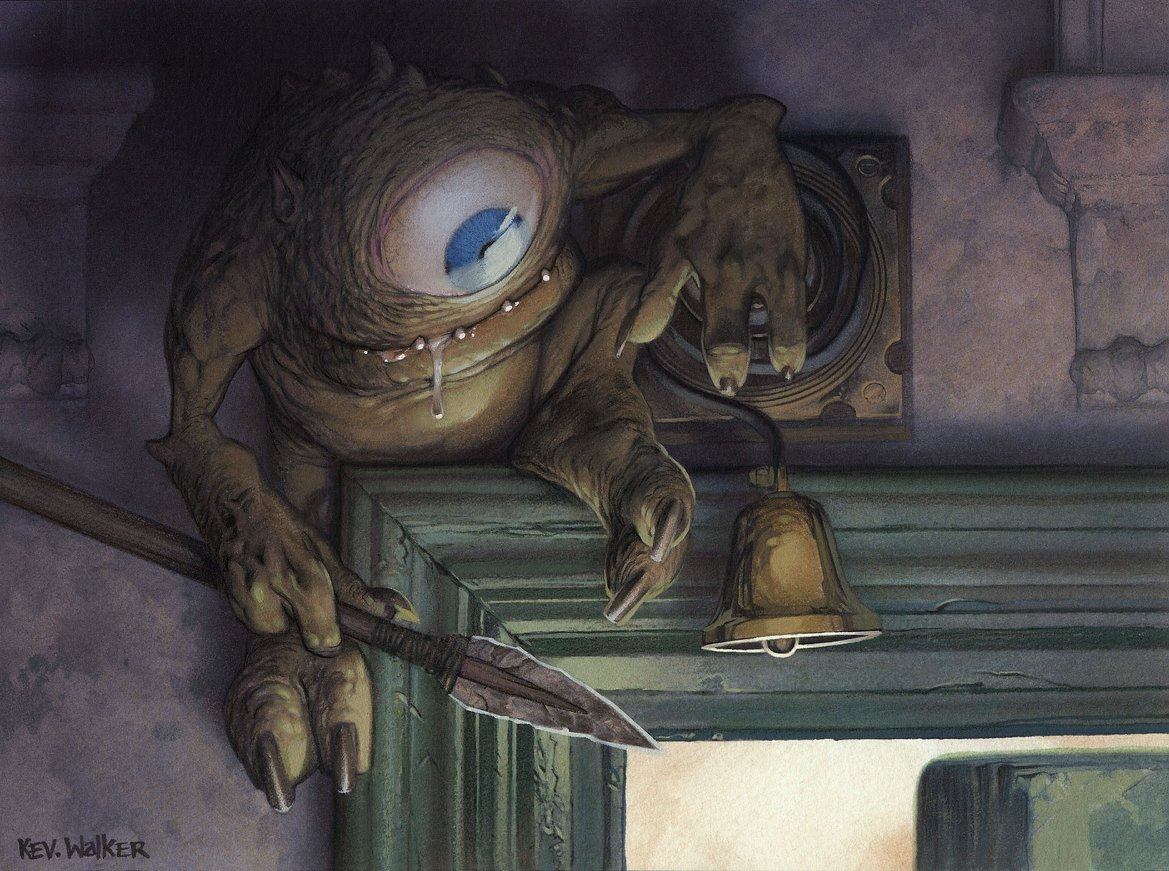
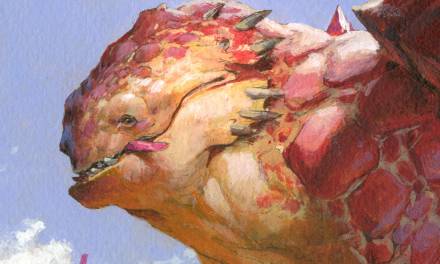
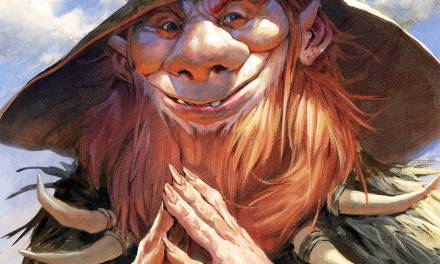
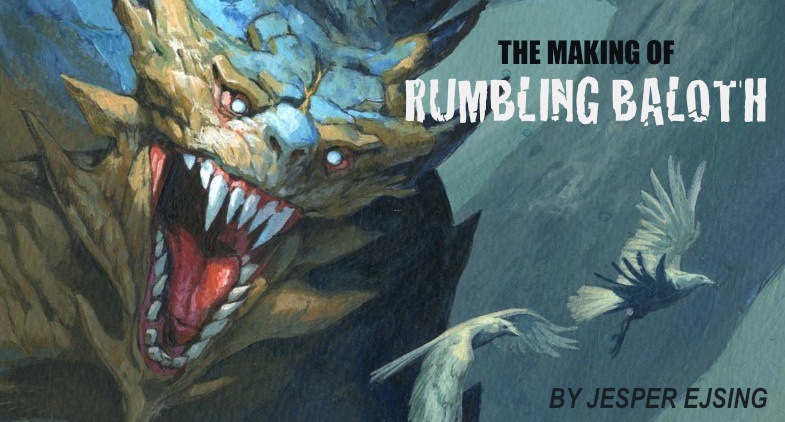
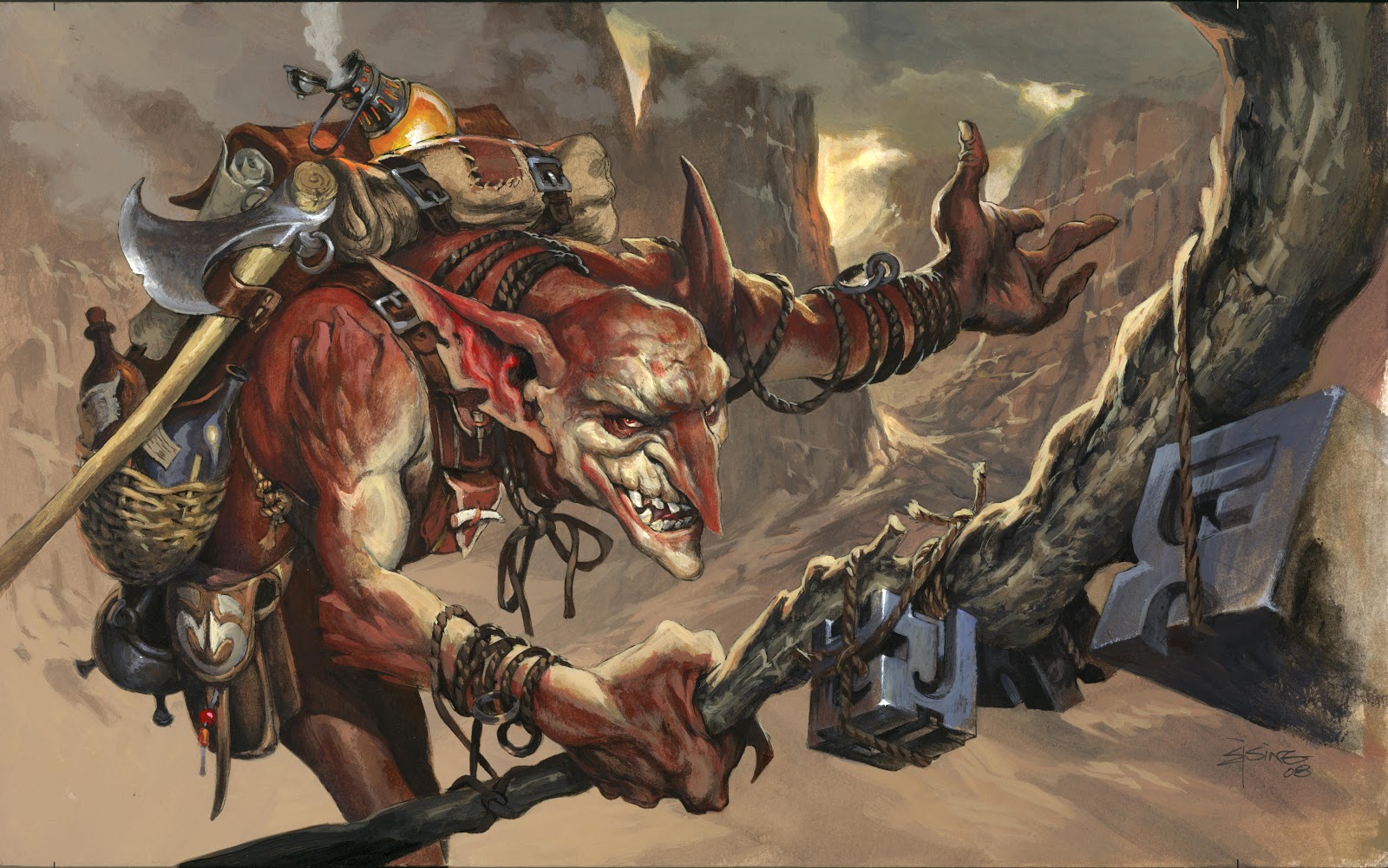

What an amazing technique! Thanks for sharing this as I can't wait to try it. Granted, I need to figure out Photoshop but until then I want to try everything else. So very cool!!!
What kinda of printer ink isn't watersoulable? I always have to seal the ink with a matte gel (dry, but able to move) this is smart, I'll have to try this out since I use washes a lot in acrylic up to opaques. Good post.
Hey Jesper I'm curious, how do you number your drawings? I mean which rules do you follow? I see two numbers there is That correct or is it just #145,000? Thanks!